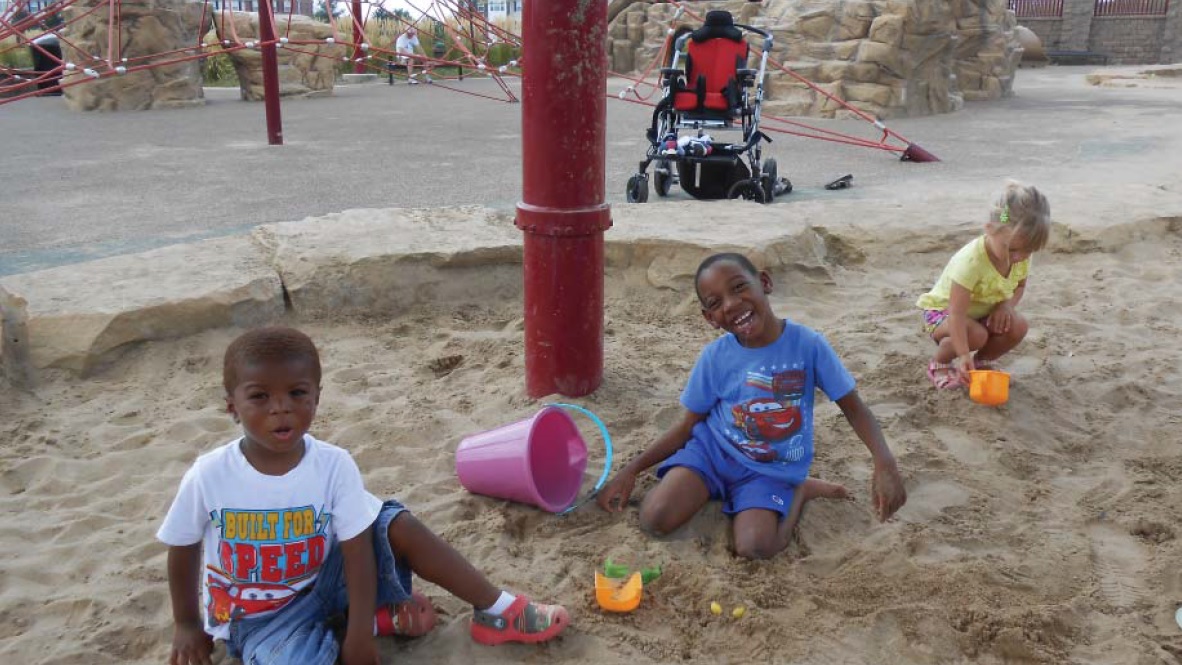Surfacing the Accessible Playground: 7 Things Every Playground Owner Should Know About the Accessibility of Their Playground Surfaces
1. Start with Comprehensive Planning and Site Selection
An economic assessment conducted during the development of accessibility standards for play areas estimated there to be 5,300 new public playgrounds constructed each year and more than 18,600 existing playgrounds that are renovated. The decision to build a public playground, whether it be in a park, school, mall or childcare setting, is an initial financial commitment of $60,000 to $100,000 and upward just for the purchase of equipment and construction (NCA Playground Surface Study, 2013). This cost can be overwhelming. Often times, new playground owners do not realize that owning a playground is not a one-time purchase. It is a commitment to maintain the equipment and surface for as long as it is open to the public. Most public playgrounds are designed to be in place for 10-20 years. At some point, the equipment will need to be serviced to meet revised safety standards and the surface will likely need to be repaired or replaced. A comprehensive planning process is essential to ensure everyone is educated on the safety requirements, the accessibility standards, design considerations, installation and ongoing maintenance needs.

An accessible playground starts with an accessible site plan. The site selection and layout of the accessible route should be considered alongside the selection of the play equipment. The accessible route must be designed as the main pedestrian route and connect all accessible equipment, both points of entry and egress. This means everyone enters and uses the site together.
A site survey may be necessary even on sites deemed “relatively flat.” A site survey, even for sites considered “flat” or without substantial change in elevation, should be conducted to design for a continuous accessible route, with compliant cross slope and adequate site drainage. At playgrounds without site surveys, the National Center on Accessibility research found more instances of non-compliant accessible routes. Most often equipment was moved during construction, deviating from the original plan, to accommodate the use zones. These changes negatively affected the accessible routes.
The site plan should include the layout of equipment and the planned accessible route should be drawn on the site plan connecting entry and egress from each accessible elevated play component and each accessible ground level play component. It is highly recommended that the accessible route be clearly defined on the site plan and construction drawings. If the playground owner decides to go with a surface material, such as loose fill that has a higher degree of surface variability, designation of the accessible route on the site plan will give the installer and maintenance personnel specific guidance on the appropriate location of the accessible route, installation of the surface material, and its ongoing maintenance to meet the accessibility standards.

User Comments/Questions
Add Comment/Question